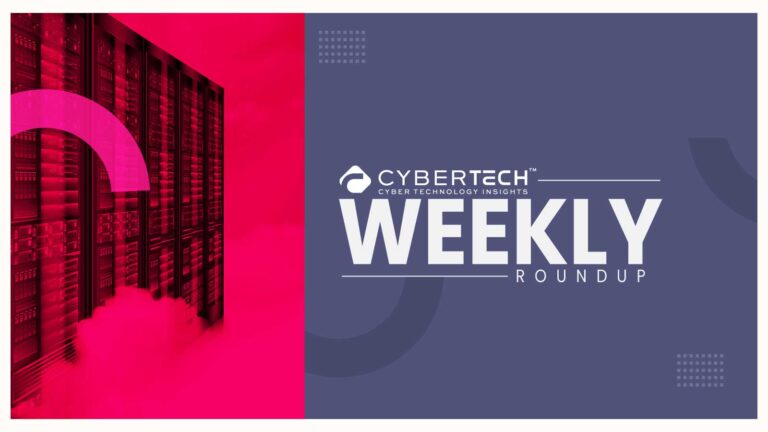For IT leaders, the past six months have been marked by financial constraints, drawn-out hiring processes, vendor cost surprises, and strategic projects moving slower than planned.
But this isn’t a lost year, it’s a recalibration. And heading into the second half, the smartest tech teams aren’t just trying to “catch up,” they are prioritizing what matters. Their priorities include finding the right staff, looking at open-source technologies, prioritizing cloud projects, and navigating VMware licensing rising costs, while ensuring security remains an enterprise-wide priority.
Here are five areas that IT teams are focusing on for the back half of 2025:
Staffing for the Current Conditions
Hiring remains one of the biggest sticking points for IT teams in 2025. Even with thousands of open roles, finding the right people, especially with specialized skills, is tougher than ever. IT teams are not just competing with other companies; they are competing with the status quo. Many of the best candidates are already working and not necessarily looking to move.
Recommended: How to Foster a Culture of Innovation in Your Tech Teams
To keep projects moving, organizations are broadening their approach. There’s a clear shift toward skills-first hiring. More companies are moving past the old requirement of a four-year degree and instead focusing on what candidates can do. Certifications, GitHub portfolios, and hands-on experience are in demand.
But even with this shift, the pipeline isn’t always enough. That’s led many teams to look beyond the traditional hiring model. In some cases, they’re turning to external experts or contract talent to fill gaps quickly. When deadlines are tight and workloads can’t wait, it often makes more sense to bring in someone who already understands a specific technology requirement or job than to wait three months for a full-time hire to be hired and onboarded. In today’s environment, the most successful teams are growing talent internally while strategically pulling in outside help when needed.
Open-Source Tools Like PostgreSQL Are Growing, But So Are Knowledge Gaps
As budget pressure increases, many companies are turning to open-source tools to reduce long-term licensing costs. PostgreSQL, in particular, is seeing growing adoption as a replacement for commercial relational databases. But cost savings come with complexity.
Running PostgreSQL, or any open-source data platform, requires a level of internal expertise that many teams aren’t yet equipped for and finding a PostgreSQL expert is difficult. According to the DataStrike 2025 Data Infrastructure Survey Report, which surveyed nearly 200 IT leaders and decision-makers, internal IT teams are being pushed to the brink, balancing the demands of modern data management with limited resources. More than half (54%) of IT leaders report a lack of resources and tools to meet the growing demands of data infrastructure management.
Data Management is a core function for any IT team and a misconfigured database doesn’t just slow down performance, it can expose sensitive data or create cascading issues across apps and services. Unfortunately, skilled database engineers and open-source architects remain in short supply, especially outside large metro areas or tech-heavy regions.
Recommended: Rise of Vibe Engineering from AI-Assisted Coding is a Double-Edged Sword for Security
IT Teams are Prioritizing Their Cloud Projects
Cloud migration hasn’t stopped in 2025, but IT teams are judiciously and cautiously prioritizing the most important projects.
Companies are now making priority-based decisions about which workloads move and when. Mission-critical apps, like financial systems, customer platforms, and security tools, are still moving to the cloud. But broader “lift-and-shift” plans are being pushed into 2026, especially if the business case doesn’t justify the upfront effort.
A hybrid model is no longer a compromise, it’s the new normal. Leaders are mixing and matching public cloud, private cloud, and on-prem systems based on performance, compliance, and budget needs. That complexity demands sharper planning and tighter cross-team collaboration, especially across finance, infrastructure, and security.
VMware Licensing Changes Is Driving a Cloud Reassessment
Few developments in the enterprise tech world have generated more noise this year than VMware’s post-acquisition licensing changes. According to a TechRadar article, after Broadcom completed its purchase, licensing costs spiked sharply, between 800% – 1,500% increases for some customers.
Even after Broadcom rolled back the most controversial policies, many businesses had already begun reevaluating their relationship with VMware. Especially for SMBs and mid-sized enterprises, the move has prompted a wave of cost analyses, and in some cases, migration efforts to alternative platforms or cloud-native solutions.
More broadly, the incident reminded IT leaders that licensing isn’t static and that vendor decisions can have outsized impact on budgets and architecture. Going forward, we can expect teams to incorporate more licensing elasticity and optionality into their infrastructure decisions, avoiding single points of failure in the vendor stack.
Recommended: Bypasses in Ubuntu’s User Namespace Restrictions Disclosed: A Call for Layered Defense
Security Is Now a Shared and Embedded Responsibility
Having a strong security posture in 2025 and beyond remains a key concern for IT teams.
But how organizations approach security is shifting. Instead of treating it as a function layered on after implementation, companies are embedding security principles into each phase of their operations, from development pipelines to configuration management to end-user access.
This change is partly cultural and partly structural. With more remote teams, more automation, and more complex environments, organizations are increasingly taking a “security as code” approach, using policy-driven controls, automated auditing, and real-time monitoring to maintain both compliance and resilience.
It’s not just about preventing breaches; it’s about reducing risk at every layer. And in a hybrid world, that means keeping tabs on more surfaces than ever: cloud workloads, legacy systems, API connections, and user endpoints.
More IT leaders are recognizing that security can’t live in a silo. It must be part of how you build, scale, and deliver everything else.
A Slower Year Still Requires Forward Motion
2025 isn’t the breakout year many expected, but it’s far from a standstill. Many IT teams are ranking their priorities. No single vendor, product, or platform will fix the challenges IT faces right now. But a clearer sense of priorities, strong collaboration across functions, and the discipline to execute what’s essential will help IT teams keep their organizations running effectively in the back half of 2025.
Recommended: Meeting Cybersecurity Challenges Through Strategic Growth
To participate in our interviews, please write to our CyberTech Media Room at sudipto@intentamplify.com








